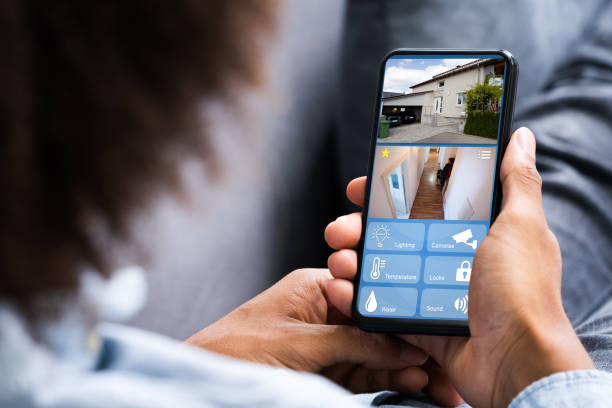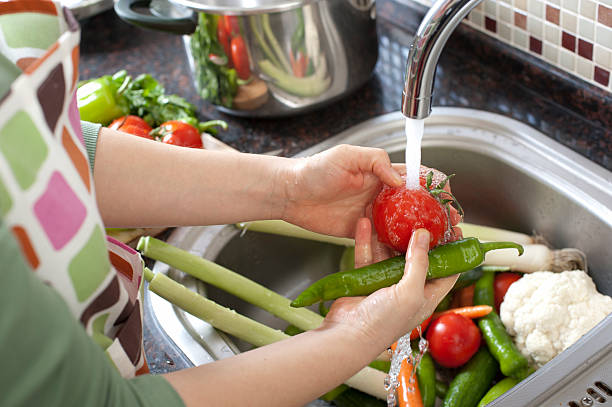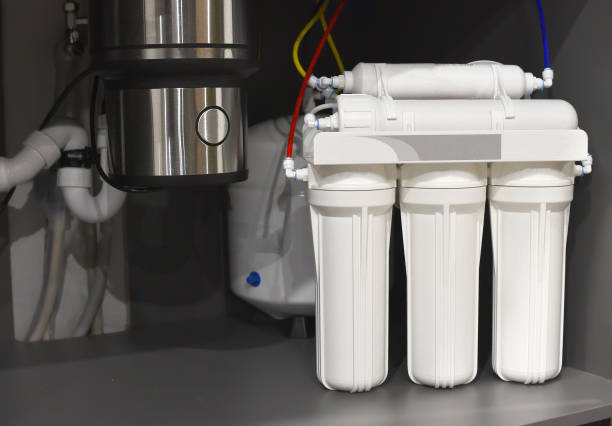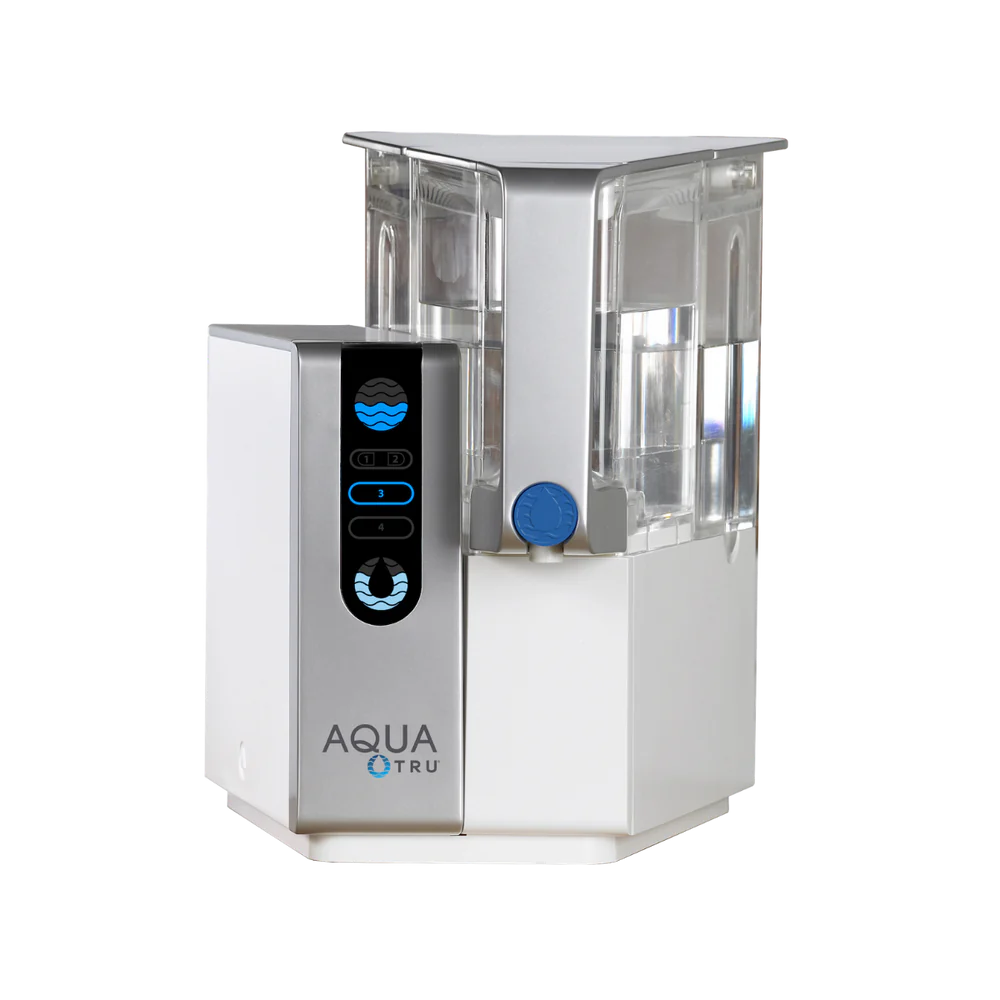As human beings we are the most conscious and cautious than we’ve ever been in history. That has good points. Being conscious alerts us to news, tools and behaviors that can benefit us. Being cautious keeps us keen on news, tools and behaviors that can harm us. The challenge is to balance these two; don’t swing too far to the left or the right. Keep it steady. Live happy not fearful. Be free not restricted. Enjoy foods. Enjoy outdoors. Enjoy adventuring. And so on.
We have brought our conscious ways of being healthier into our homes. That’s a great thing. We are mindful of environment, materials and the need to live sustainably. We recycle more. Some families opt for hardwood floors instead of carpet. Some families ensure their carpet remains shampooed.
We are more mindful. Since we spend a grand amount of time in our homes we want them to reflect who we are; our personality, style and vibe.
We Feng-shui them.
We create glam galore, a modern flair or countryside charm.
We drape them with plants, dress them with art and design them with patterns. It’s not about the size its about the personal touch.
It is our abode to do as we choose.
Digitized

Technology laid down her welcome mat at the door and redesigned the way we listen to music, operate appliances and AC units. We have devices at our fingertips.
We call these “smart homes”.
With the touch of buttons we can adjust thermostats, give appliances commands and live in a state of futuristic bliss.
Let’s Shift a Bit…
I want to add a simple but essential furnishing to your home.
Think environment.
Think air.
Think quality of being.
To solidify your home as fundamentally safe and smart let’s revisit water. And pay homage to air while you’re at it.

Water and Air
Both of these are natural elements. A necessary part of the Ecosystem.
They are difficult to control. They flow freely as they should. They benefit us. They are necessary for survival.
Did You Know?
There can be more chemical alerts from within the home than outside of the home? Indoors can be 2-5xs more polluted than outdoors. Some of that depends on us (smoking, fireplaces, cooking appliances.)
Breathe don’t panic. This blog is not about shame or fear, only information. The more we know the better we do. Right?
Let’s take a look at water….

Your water supply comes from various places based on where you live.
If you are rural it may come from a groundwater source (wells, ponds…)
If you are urban or suburban you receive water from a central supply source (reservoirs and rivers…) Water may be transported by aqueducts to be piped into homes. Water treatment plants are also used.
Typically when you move into a home/apartment you inquire about the water source/water quality through the landlord, utility company etc… Some neighborhoods work with companies that provide additional water sourcing to ensure quality.
The Nitty Gritty
What is the point about the water? Well, we want to inspect the quality of the water.
Why? Two reasons: your health and your wallet.
As conscious livers we have a responsibility to our bodies. Some of you are also parents, guardians and caregivers. You have multiple bodies in your residence. We want to be aware of the reality of water contamination. It doesn’t play favorites it can happen in any area/neighborhood. Access to quality water is subjective but it matters. Some of you will have better access than others. Some will have more options than others. Location (area/neighborhood/zoning) can determine quality and care.
Wallet
Water that is contaminated can do damage to your piping system; corroding pipes and leaks in HVAC ductwork. This can bring out the dollar bills for repair and maintenance. We never enjoy that kind of spending. If your water smells strange, investigate. If it tastes strange, investigate. Look for visible signs of water contamination like brown, orange or rust type marks that are left behind. It could indicate contamination. Save your wallet by investigating these areas. Call your local health department (free) or a certified water health technician.
Water

Our water provides cleansing, nourishing and consuming. Water is an essential source for our health; hydration, first aid and hygeiene. Having water accessible can help eliminate biochemical reactions in the body (seizures, UTIs, rashes…). Water is a SOLVENT. Water is multipurpose. Water quality can determine the level of efficacy of our need. Is it cleansing? Is it polluting? Is it able to resolve, heal and administer aid?
If water is contaminated with extreme traces of lead, heavy metals, arsenic and chlorine it can cause reactions in the body:
Diarrhea
Gastrointestinal Issues
Skin Irritations
Vomiting and others
Solutions
Don’t despair. You always have a voice. There are several things you can do:
- You can schedule for a free water test through your community’s water provider or a water solutions company. MOST of them provide free tests. Other services may cost.
- Do a visual test- run the water and observe it. Fill a clean clear glass with water and hold it up to light or sunlight. Is the cloudy? Foamy? Any particles floating?
- You can use a test kit. Make sure to get an EPA-approved kit (labeled). These are test strips that will identify the status of your water. Some may require mailing for a lab to qualify the water. They are usually most accurate.
- Every city has a Safe Drinking Water hotline. Call yours and request a water test for bacteria and contamination.
- Boil your water before use. 3-5 minutes then cool. This is an ancient practice and it still valuable. Boiling method will purify your water.
- If you can, invest in a water filtration system.

If you have a new home/new construction they usually have a vendor to provide service at a low cost.
Fees can range from 100s to 1000s.
Here’s a tip:
You don’t have to do a full house filtration. You don’t have to choose a well-water filtration ($1000s). You can consider one area first like the kitchen sink. You can pick and choose the rooms you want the system installed like kitchen and bathrooms. Choose wisely for the wallet.
7. According to the CDC you can use bleach to disinfect your water. Bleach comes in different concentrations. Check the label of the bleach you are using to find its concentration before you start to disinfect water. Typically, unscented household liquid chlorine bleach in the United States will be between 5% and 9% sodium hypochlorite, though concentrations can be different in other countries.
- Follow the instructions on the bleach label for disinfecting drinking water.
- If the label doesn’t have instructions for disinfecting drinking water, check the “active ingredient” on the label to find the sodium hypochlorite percentage. Then use the information in the tables below as a guide. Add the appropriate amount of bleach using a medicine dropper, teaspoon, or metric measure (milliliters).
- Stir the mixture well.
- Let it stand for at least 30 minutes before you drink it.
- Store the disinfected water in clean, sanitized containers with tight covers.
8. Lastly I recommend portable filtration devices. They are popular and more cost effective than the full filtration system. A filter labeled as certified by NSF Standards 53 or 58 will remove parasites if used properly, but will not remove viruses or all bacteria. To remove virus and bacteria look for a Reverse Osmosis filter. (Aqua Tru photo below is a reverse osmosis filter system)

Final Thoughts
When we think about living well and aging well our homes are a huge part of the equation. Every dweller deserves smart decisions made and healthy enjoyment. If your budget is tight you still have the power of decision and action. Our residence is our investment (shelter, studio, apartment, townhome, house). Take care of it.
Investigate. Advocate. Make the smartest move for you and your family.

Be Well. Age Well. Live Well.
XO




0 Comments